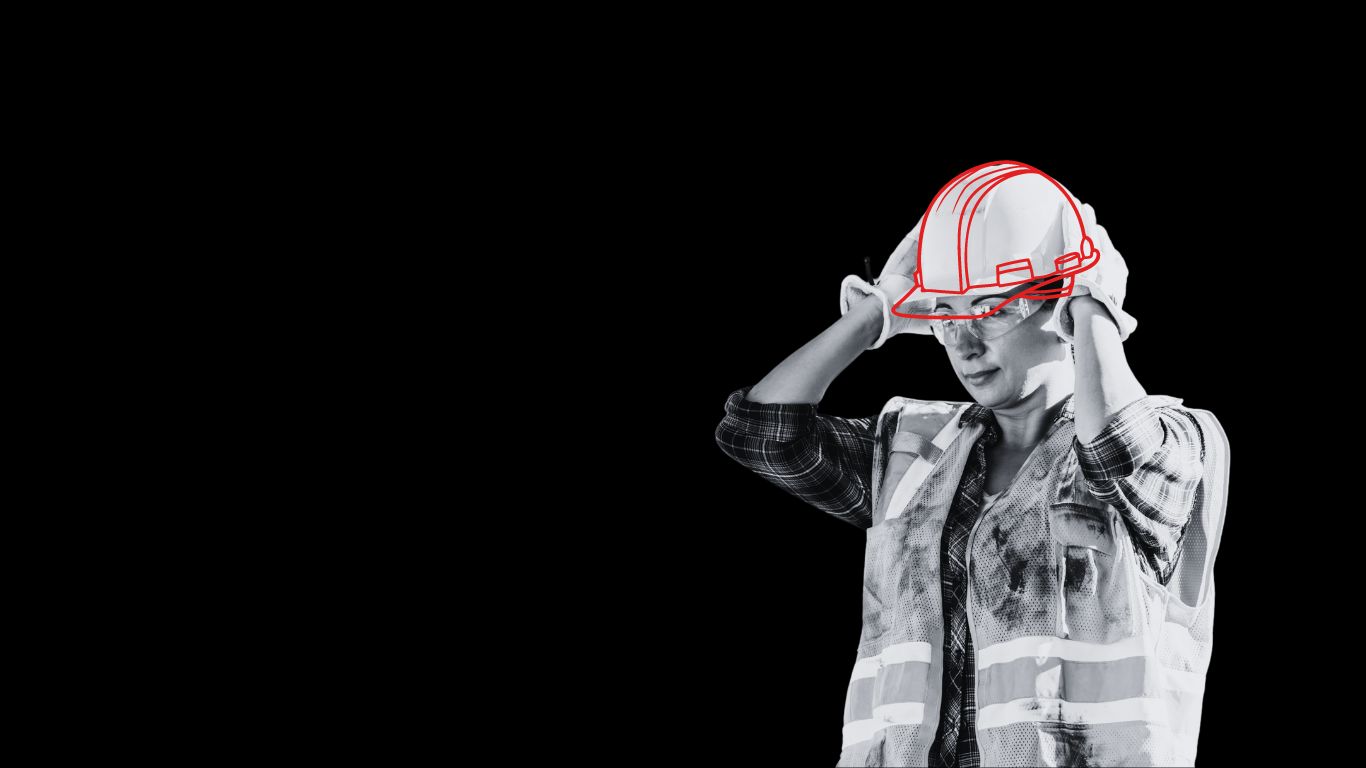There are many benefits to being a small business owner, such as being your own boss, leading a team and the ability to give back to your community. A well-funded retirement account, though, is not one of these many benefits. Most of us believe that, when the time is right, we will sell our business and easily transition into retirement on the earnings generated from the sale. It’s certainly an appealing scenario. To pull it off, however, takes years of preparation and careful planning. This succession planning can be broken down into three categories – people, systems and finances.
People
Identifying and training the right person or team to take over the business requires the most time and effort. The smoothest and most obvious options will be family members or long-time, current employees. Start having these conversations at least five years prior to your anticipated transition date.
If you need to look outside your current organisation, it’s crucial to start looking early for several reasons. First, it may take quite a long time to find the right fit. You’re not just looking for someone capable of executing the work. You’re looking for someone to take over relationships with clients and employees that you’ve built over decades. You’re looking for someone to run an operation that most in your community will still associate with you.
Once you have selected a successor, the two of you should spend several years essentially tag teaming the job together. Make it clear to both your team and your clients that this person not only has your full trust and confidence, but you’re also transferring all of your knowledge through a clearly set out and transparent transition process.
Systems
Much of this transition process will be facilitated through systems. The more your business operates based on system, as opposed to based on you, the stronger position you’ll be in to hand it over to someone else. This can prove to be tremendously difficult in small businesses founded and run by one person over several decades.
When it comes time to step away, we quickly discover that processes are not documented. It’s easy to take for granted the fact that you know how to operate so much of your business without consulting guides, checklists or procedures. You built it, you ran it, you know how it works. And indeed, this may have worked for many years. However, now that someone other than you is preparing to run the business, getting those processes out of your head and onto paper is a critical task.
Again, the time to do this is years before the transition. Ideally, documenting and implementing systems that explain your function in the enterprise should be done from day one. Even if you are not thinking of succession anytime soon, growing your business can prove frustratingly difficult if you’re constantly pulled back into operations because your systems are weak.
Finances
The final piece of the succession planning puzzle is financing, which will require a significant amount of outside expertise. Defining your equity, untangling your personal finances from the finances of the business, setting a price and determining a purchase structure can be daunting tasks. That’s where we come in. We understand the complexity and nuances of succession planning. We will work with you to create a customized approach, unique to your business and your goals for retirement.
While succession may be far in the future for you, the time to start building the systems to facilitate a successful handover is right now. We’d love to sit down with you to have a conversation about this process in more detail. Call us on 020 8530 0720 if you’d like to chat.















